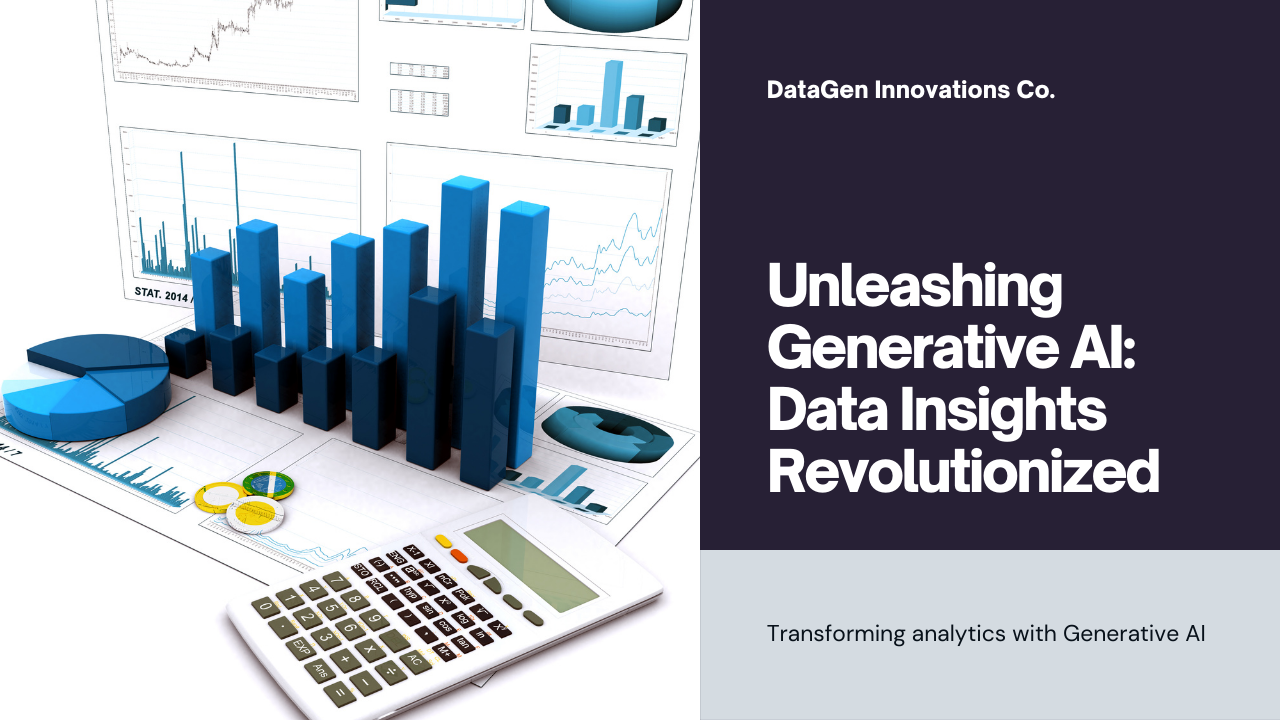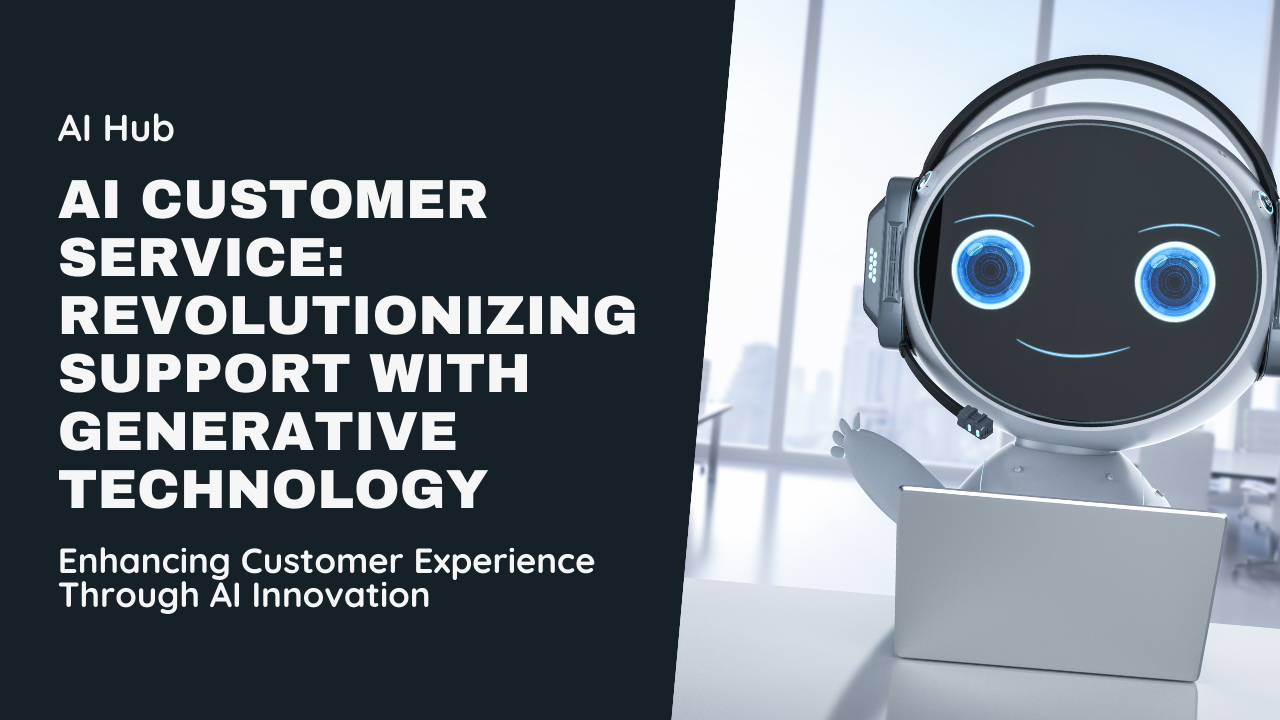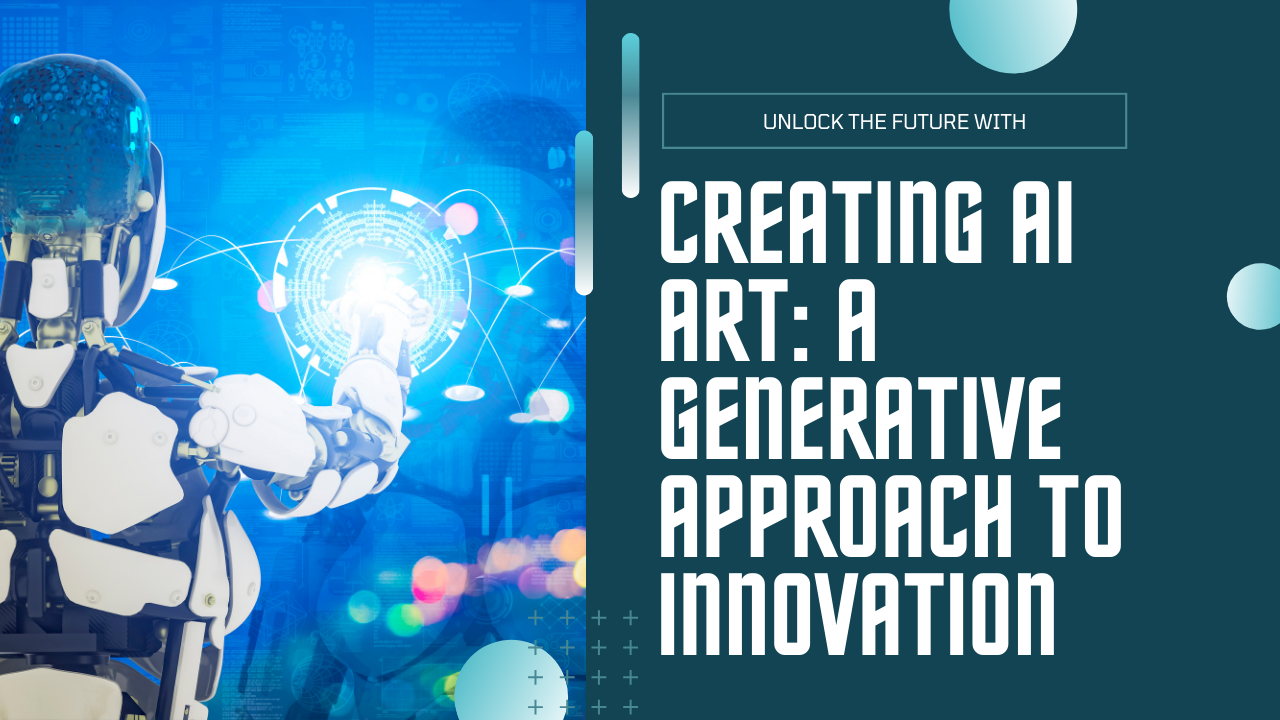Introduction: In the realm of Artificial Intelligence (AI), data is not just a resource but the lifeblood that fuels innovation, drives decision-making, and shapes intelligent systems. The quality, quantity, and diversity of data directly impact the performance, accuracy, and capabilities of AI applications. This blog delves into why data is crucial for AI development, exploring its role in training models, enhancing accuracy, and driving transformative outcomes across industries.
Understanding the Role of Data in AI Development: AI development hinges on the ability of algorithms to learn from data patterns and make informed predictions or decisions. Data serves as the foundation upon which AI models are trained, validated, and optimized to perform specific tasks, ranging from image recognition and natural language processing to predictive analytics and autonomous systems. The following sections highlight key aspects where data plays a pivotal role in shaping the effectiveness and applicability of AI solutions.
1. Data Quality and Reliability: The quality and reliability of data are paramount in AI development. Clean, accurate, and relevant datasets ensure that AI models learn meaningful patterns and make reliable predictions. Data quality assurance involves processes such as data cleaning, normalization, and outlier detection to mitigate errors and inconsistencies. Reliable data sources provide trustworthy insights and contribute to the robustness and generalization capabilities of AI models across diverse environments and scenarios.
2. Training and Validation of AI Models: Training AI models requires large volumes of labeled data to teach algorithms how to recognize patterns and make accurate predictions. Supervised learning algorithms, for example, rely on labeled datasets to establish correlations between input features and target outputs. The process involves feeding data into algorithms, adjusting model parameters iteratively, and evaluating performance metrics to optimize predictive accuracy. Validation datasets are used to assess model performance, detect overfitting, and refine algorithms to enhance generalization capabilities.
3. Enhancing AI Accuracy and Performance: Data quantity and diversity play crucial roles in enhancing AI accuracy and performance. Larger datasets provide richer insights and improve the robustness of AI models by capturing a wider range of scenarios and edge cases. Diverse datasets encompassing varied demographics, geographic regions, and use cases help mitigate biases and ensure equitable AI outcomes. Techniques such as data augmentation and transfer learning leverage existing datasets to improve model training efficiency and adaptability to new tasks or domains.
4. Real-time Learning and Adaptation: AI development is increasingly focusing on real-time learning and adaptation capabilities, where algorithms continuously learn from incoming data streams and adapt their behavior accordingly. This continuous learning paradigm, facilitated by technologies like online learning and reinforcement learning, enables AI systems to evolve and improve performance over time without requiring retraining from scratch. Real-time data processing and analytics empower AI applications to make timely decisions, optimize resource allocation, and respond dynamically to changing environments or user preferences.
5. Ethical Considerations and Data Privacy: As AI becomes more pervasive, ethical considerations surrounding data usage and privacy protection are paramount. Developers must uphold ethical standards by ensuring transparent data practices, obtaining informed consent for data collection, and implementing robust security measures to safeguard sensitive information. Compliance with data protection regulations, such as GDPR and CCPA, fosters trust among users and stakeholders, facilitating responsible AI deployment and adoption.
6. Driving Innovation and Business Insights: Data-driven insights generated by AI technologies unlock new opportunities for innovation and business growth. AI-powered analytics enable organizations to uncover hidden patterns, forecast trends, and derive actionable intelligence from complex datasets. Predictive models optimize supply chain management, personalize customer experiences, and inform strategic decision-making, thereby enhancing operational efficiency and competitive advantage in the market.
Conclusion: In conclusion, data is indispensable in AI development, serving as the cornerstone for training models, enhancing accuracy, fostering real-time learning, addressing ethical considerations, and driving transformative business outcomes. As organizations continue to harness the power of AI-driven insights, the importance of high-quality, diverse, and ethically managed data cannot be overstated.







